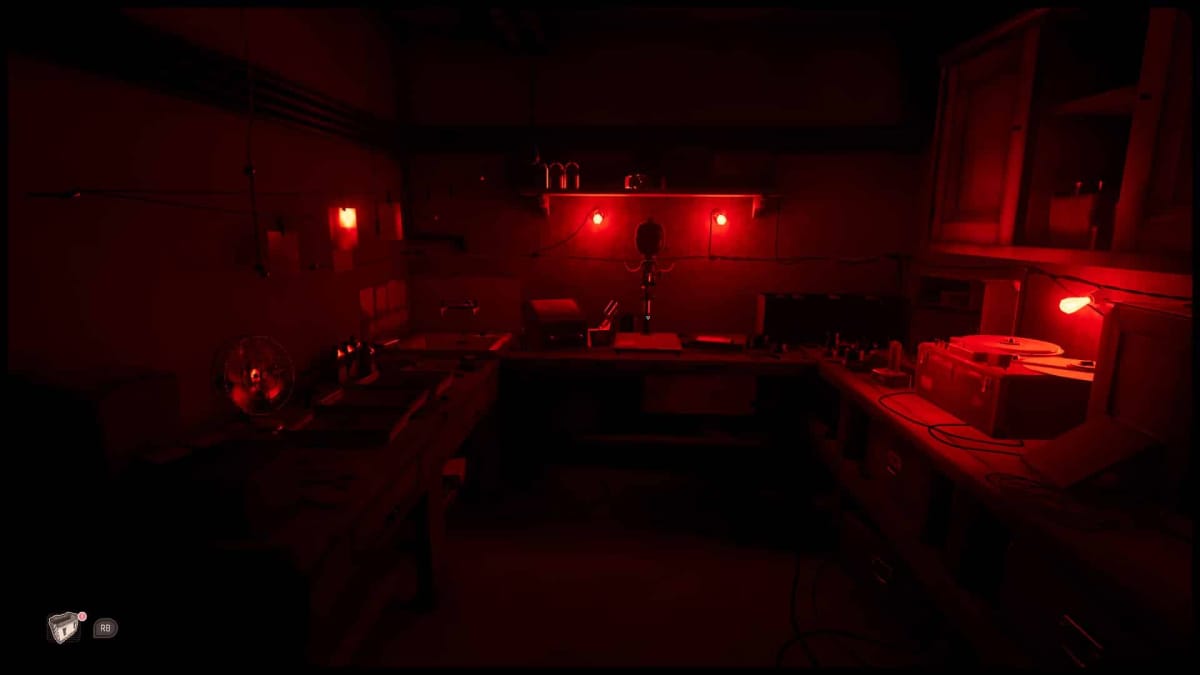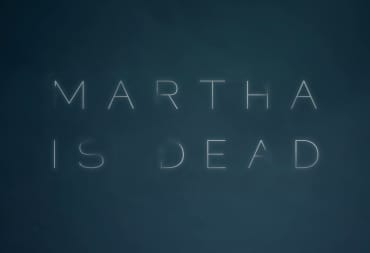For as vast a landscape as games can create, first-person shooters have always been the go-to genre for World War II backdrops. There's always been something about that analog era that's captivated millions of players. LKA (developer of The Town of Light) seeks to show a similar dedication for that era within the framework of a psychological horror; less interested in M1 Garand clip discharges than Rolleicord camera snaps. While that vantage point is unique from other horror titles, Martha Is Dead's misaligned focus tarnishes the final result.
War-torn Italy, 1944. Currently free from the fighting between Axis and Allied powers, a young Giulia is examining her camera's photo roll upon discovering a tragic event: her twin sister, Martha, has drowned in the nearby lake. After an identity mix-up assumes she died, Giulia dons the role of Martha to finally avoid her mother's unique indignation against her. While reflecting on her sister's deportment, Giulia tries to find the truth behind this grisly death whilst managing her own acute trauma.
Identity Crisis
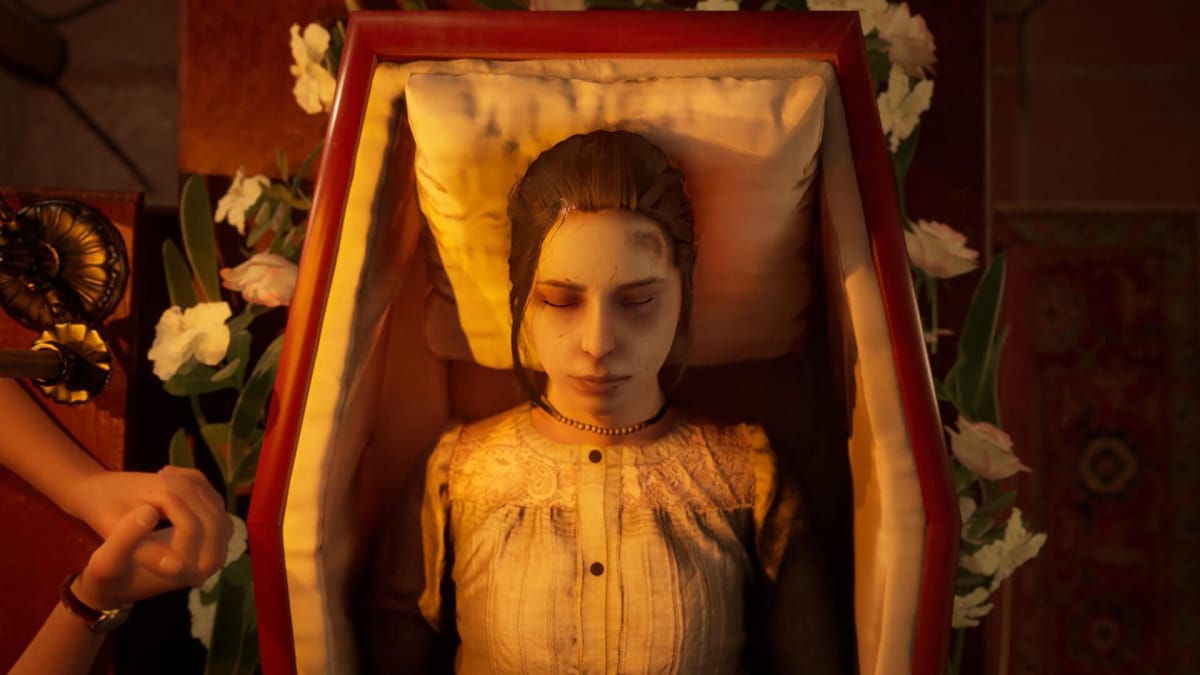
Given its advertisement as being "more grounded," I can imagine some taking issue in suspending disbelief over The Parent Trap premise incorporated into this genre. Are there really no visible cues that'd give you away to your parents, even as they're attending to funeral matters? To LKA's credit, the story and game design put an effort to keep them justifiably distracted. Giulia's father, Erich, is a high-ranking Nazi officer dealing with advancing Allied Forces and Irene is juggling various errands. There's also a repeating side quest compelling you to keep up the ruse.
What made the disbelief suspension much easier was its unabashed confidence at the start. Themes of identity and loss take on a nuance, grody perspective from the start. Prior to release, LKA was dealt a rough hand by Sony, who demanded tweaking to a graphic scene; though there are two candidates I can specifically recall, it's safe to say which one they were highlighting. I'll admit it's a rough interactive bit, but what's surprising is the scene's poignancy and importance. Although not all blood is made equal here, several moments elevate above empty gore-porn.
Death Comes Slowly
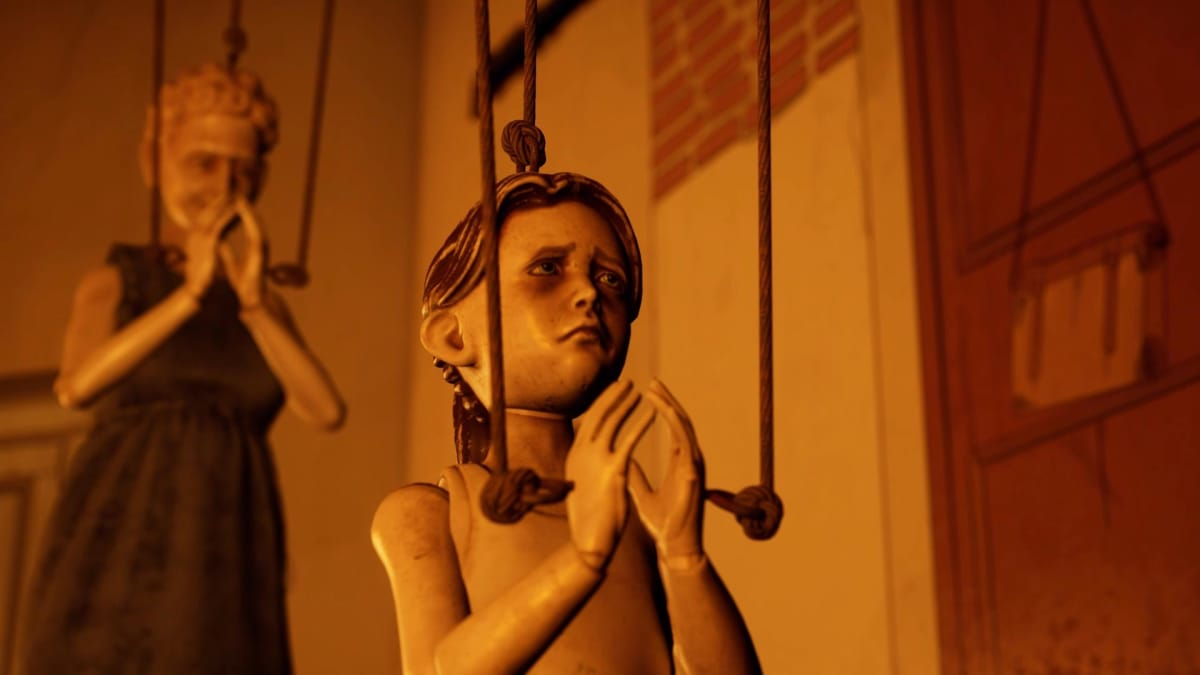
That opening tempo doesn't really keep up, however. The plot develops less like an evolving narrative and more like conveniently spliced scenes. The love/hate dynamic between each sister and their mother is an interesting setup: she’s an esthete who's also wicked to Giulia for specific reasons. Martha's story would've been served better by visually reinforcing this versus handbrake exposition dumps. So many times the story leverages histrionic prose and presentation to get such basic points across; languishing camera dollies with an overwrought soundtrack on decrepit corpses and slowly-read text scrawls lose their luster after the umpteenth time. Sure, the reason is tied to a unique character flaw, but by God does it feel longer than a sermon.
Further damaging its reputation is a terrible ending. Where would horror games be without them? Now, parts of it do actually compliment the gameplay, such as a side quest and a few scenes within and before the finale. But once the conclusion arrives, after laborious details are retold by a potentially unreliable narrator, you're dealt one last unsatisfying trope.
The most frustrating quality about Martha's narrative is how many fun elements are being juggled and sporadically well-executed. There are interesting ideas nestled within this: the WWII setting, the superstitious background details, wrestling with identity, the relationship with your family, and so on and so on. I think I took a bit more away from it by enjoying the default Italian voice acting with English subtitles too. Some of its gorier ambitions are also its most effective; plus, it's willing to build atmosphere instead of looking at a jumpscare-per-hour meter. But as the plot contrivances start popping up at every turn and the pacing grows more and more languid, it diminishes those great hooks at the beginning.
It'll Last Longer
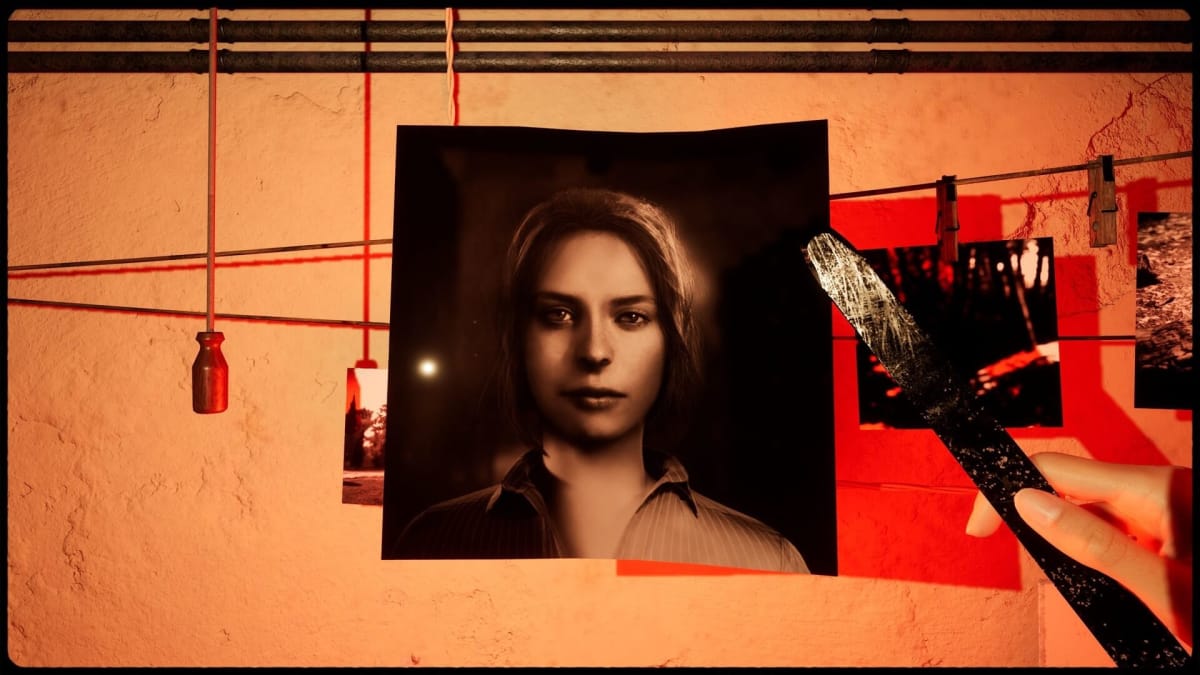
While also contributing to the pacing but having a countervailing effect on me, one of Martha's gameplay templates involved old-fashioned photography. Remember those retro cameras that phased out during, or maybe before, your parents' time? Armed with a square Rolliecord camera, you're able to take and develop pictures across the Tuscany landscape. Naturally, some mainline objectives incorporate it too. What's fascinating is all the minute details afforded to it, from different angle lenses, colored lenses, and a flash attachment; moreover, you're able to tweak the framing, aperture, and framing along with manipulating exposure during development. There's something about this kind of repetition, along with the dedication to these analog expectations, I couldn't help but enjoy.
That same dedication is put towards a side quest requiring you to write and read messages in Morse code. I'll admit: there's no shame in asking "why in the world would they include that?" To have an authentic board detailing how to decipher Morse and three rows of selectable words seems nuts. My appreciation is because it's exactly that. Having this wildly disparate contrast from the bread ‘n butter horror breathes a more relatable intrigue to the story. There's a potential ghost story involving a tragic murder, but also a vicious war occurring near this lakeside villa.
Perhaps these two elements excite me because the first-person walking sim template feels so humdrum by comparison. Outside of the house, running feels artificially slow, and biking anywhere outside the few main paths is a waste of time. Outside of photography, the most recycled sequence is a vivid nightmare of you running through the nearby woods and selecting one of two paths with floating words. You have to do this multiple times to form a sentence and any wrong choice boots you to the very beginning. Weird fail states like this are sprinkled in those and a couple of segments towards the end. A bucket of cold water is thrown on its otherwise nuanced mechanics.
Authentic Look
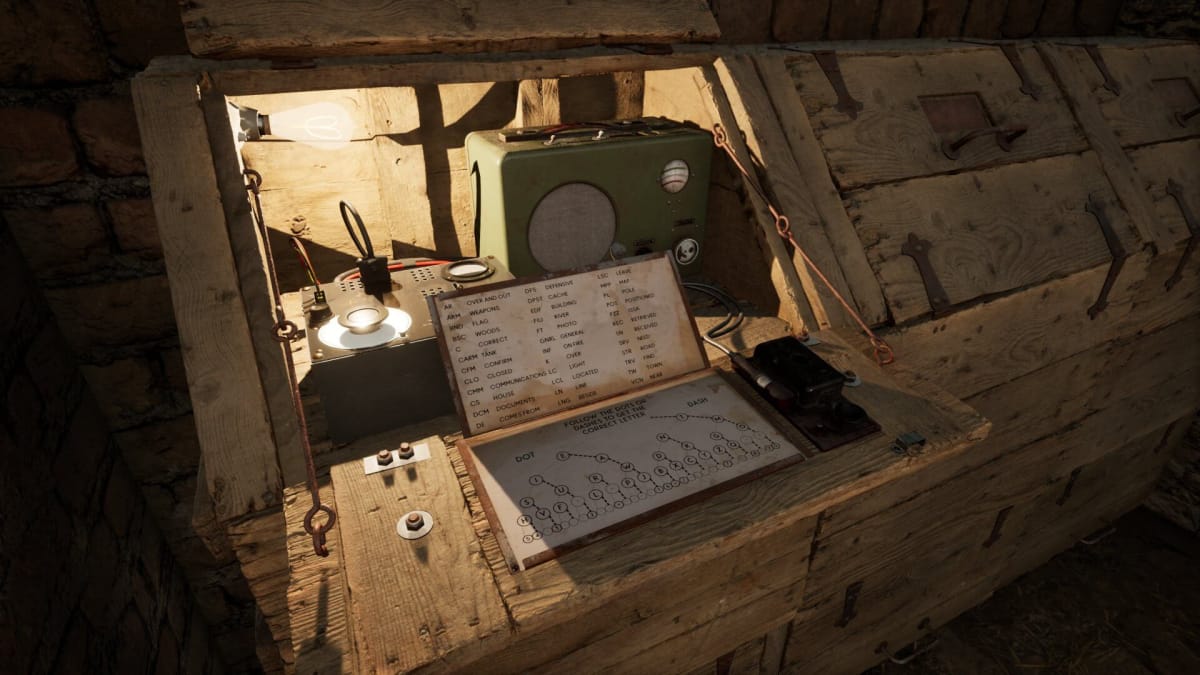
If there were an award equivalent for production design, Martha would be one of 2022's front-runners. Sure, most character models look fake, but I'll settle for that if I get the array of era-appropriate accouterments and baubles so thoughtfully arranged. As someone who played The Town of Light back then, I'm genuinely impressed how much their production values have increased; moreover, it's neat how much you can interact with: developing photos, exploring the countryside, changing the radio station, and so on. Complimented by professional sound design, the lived-in world is its brightest quality.
Sadly, that atmosphere is diminished by various tech issues. The obvious reason for Giulia's cement shoes and the smeary vision when whipping your head around is the inconsistent framerate. It's not unbearable in the latest patch I've played, but it should’ve been released in a better state. One of the weirdest issues is also how various objects outright disappear within certain chapters. For example: if you decide to explore your bedroom when the main quest doesn't tell you to go up there, the only things left are the shadows of your furniture and the wallpaper. One glitch that blacked out all the textures around the farm and part of the Morse code chart forced me to reset; even then, pitch-black textures covering up areas still sprung up from time to time. Too many obnoxious issues to ignore.
Even if strictly number-crunching, Martha's value is inflated by unskippable cutscenes and dialogue sequences. This isn't universally the case but still a majority. More important than that though is if said unskippable parts (besides the content with optional censorship) feel worthwhile. It's strange since I could genuinely enjoy some distractions, like optional haunted photographs to uncover, more than what I was forced to watch.
Dead On Arrival
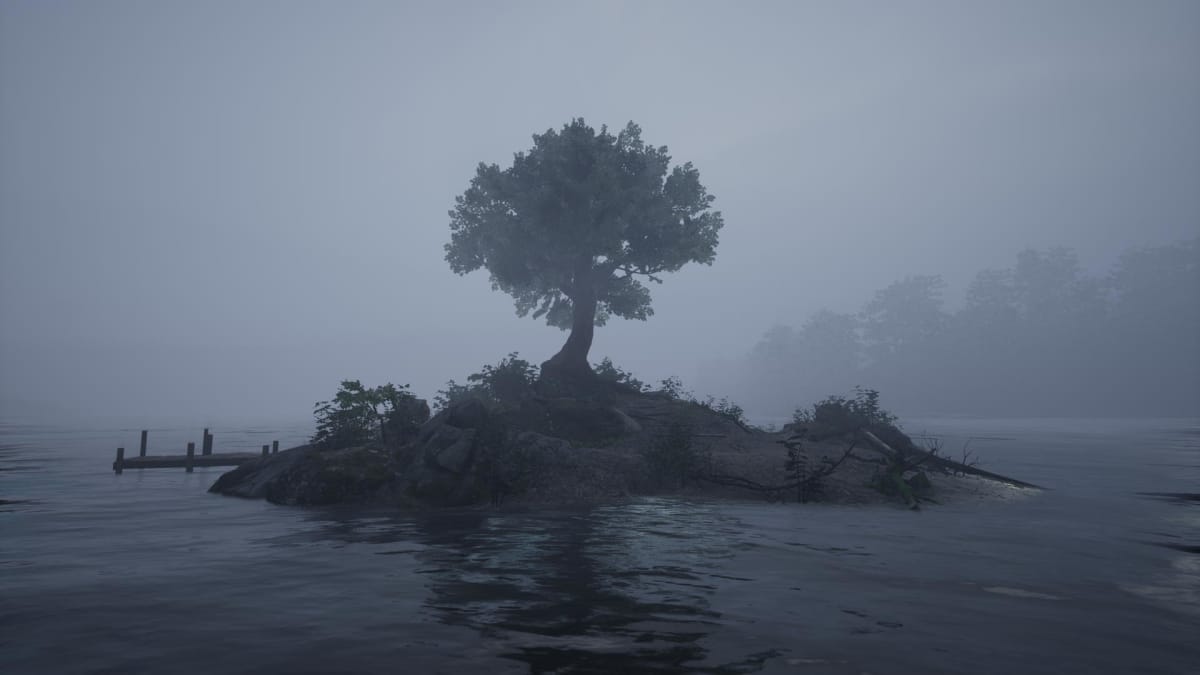
In the end, Martha Is Dead conjures up an air of missed opportunity. The WWII backdrop is incredibly realized and the horror atmosphere initially hits the right notes, but as the template becomes more routine and the surprises less interesting it grows more aimless. The few quality ideas get subsumed by the growing tedium of exploring until the stale ending gives its solemn adieu.
TechRaptor reviewed Martha Is Dead on Xbox Series X with a copy provided by the publisher. It is also available on Xbox One, PlayStation 4, PlayStation 5, and PC.
Review Summary
Pros
- Engaging Start
- Authentic, Lived-In Countryside
- Era-Appropriate Photography Mechanic
- Quality Italian Voice Acting (Game's Default Setting)
Cons
- Uninspired Ending
- Boring, Cumbersome Walking Sim Template
- Annoying Bugs & Framerate Issues
- Various Storytelling Issues After The Beginning
Have a tip, or want to point out something we missed? Leave a Comment or e-mail us at tips@techraptor.net
